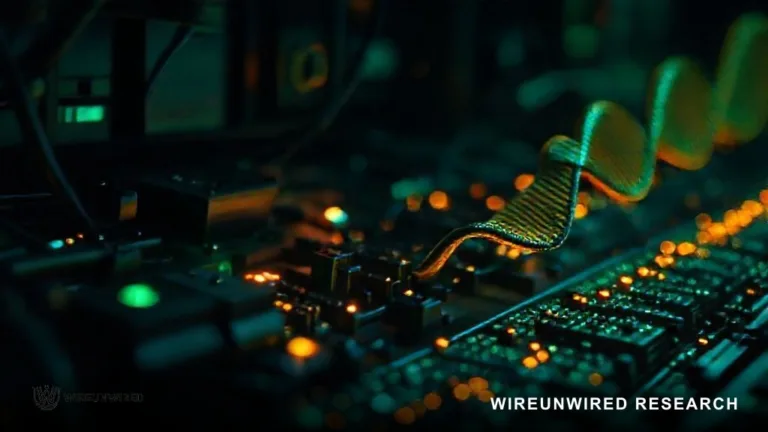Key Insights
- Quantum Pulse Ventures, with Tel Aviv University, introduced a universal directional coupler for photonic quantum computers that could cut hardware costs by up to $900 million per system.
- The patented technology reduces fabrication errors and lowers the number of physical qubits needed, accelerating scalable quantum computing by years.
- Industry leaders and scientists hail the innovation as a pivotal step toward practical, affordable, and widely accessible quantum computers.
Quantum Pulse Ventures (QPV), in partnership with Tel Aviv University, has announced a breakthrough in the race to make photonic quantum computers commercially viable. Their newly patented universal directional coupler is designed to dramatically reduce the cost, complexity, and error rates associated with quantum hardware, potentially saving up to $900 million per system.
The coupler addresses a major hurdle in quantum computing: fabrication errors in photonic chips. Even tiny imperfections have long been a show-stopper, as quantum computations are highly sensitive—errors above a 1% threshold can make error correction impossible, regardless of how many extra qubits are added. By importing a physical concept called compositing pulses from MRI technology into integrated optics, the new device significantly lowers these error rates, directly reducing the number of physical qubits needed for each logical qubit and boosting computational reliability.
“Quantum Pulse lowers hardware requirements, reduces run time and improves robustness against imperfections, bringing scalable, commercial delivery of photonic quantum computers significantly closer to reality,” said Ofer Shapiro, CEO and co-founder of Quantum Pulse Ventures.
Cost and Scalability Impact of Quantum Pulse’s Universal Directional Coupler
According to QPV, the cost to build a photonic quantum computer (PQC) could drop from an estimated $1 billion to just $100 million per machine, thanks to the new coupler. In addition to direct savings, the technology also promises to cut manufacturing, cooling, and networking requirements, making smaller, faster, and more robust PQCs a reality. These advances are expected to accelerate the timeline for commercial quantum computers by several years, helping the industry move closer to the predicted $1 trillion market impact.
Professor Haim Suchowski, Chief Architect and co-founder of QPV, explained the scientific leap: “Photonic operations are susceptible to fabrication error. For classical applications, this amounts to lowering the signal-to-noise ratio, which can be tolerated. But for quantum computing, it’s a show-stopper. Our technology imports compositing pulses from MRI to integrated optics, radically reducing error rates.”
Comparison to Other Technologies
| Feature | QPV Universal Coupler | Typical Photonic Couplers (Competitors) |
|---|---|---|
| Hardware Cost Per System | As low as $100M | Up to $1B |
| Physical Qubits Required per Logical | 10x reduction | Standard (no reduction) |
| Error Rate Mitigation | Advanced (compositing pulses) | Limited (standard error correction) |
| Commercial Availability | Now (licensing offered) | Varies by provider |
While other companies, such as PsiQuantum, have developed advanced couplers and photonic architectures (PsiQuantum patent filings), QPV’s approach uniquely integrates error-mitigation techniques from medical imaging, delivering a more robust and scalable solution for quantum information processing.
Industry and Scientific Response on Universal Directional Coupler
The announcement has generated notable buzz in quantum tech circles and Israeli media, with both scientists and industry insiders describing it as a “significant leap” for the field. Professors Haim Suchowski, Yaron Oz, and Mordechai Segev—key figures behind the innovation—believe this development strengthens the case for photonics as the most viable, cost-effective path toward scalable quantum computing.
Industry commentary highlights the potential to accelerate market adoption by several years, making quantum computing more accessible to startups, enterprises, and researchers worldwide. As the technology is now available for licensing, quantum computer builders can immediately begin integrating the coupler into new and existing designs.
For ongoing discussion, join our WhatsApp group WireUnwired Research or connect with the community on LinkedIn.
Sources
Discover more from WireUnwired Research
Subscribe to get the latest posts sent to your email.




